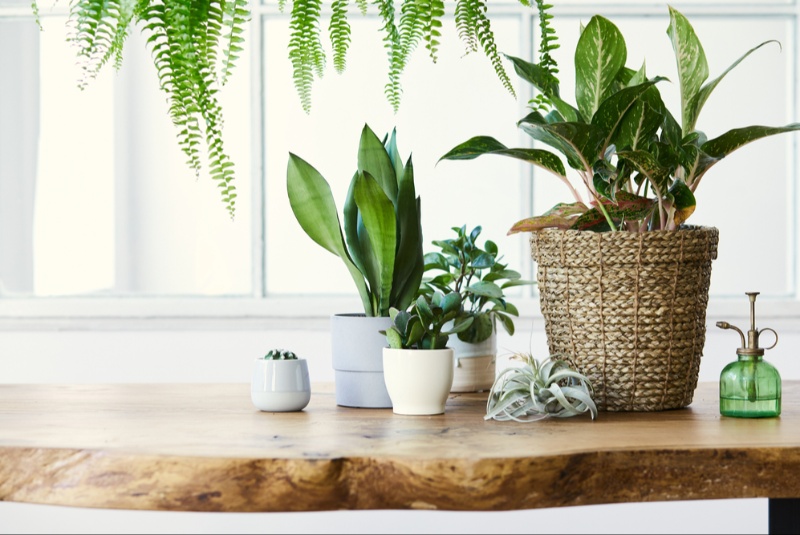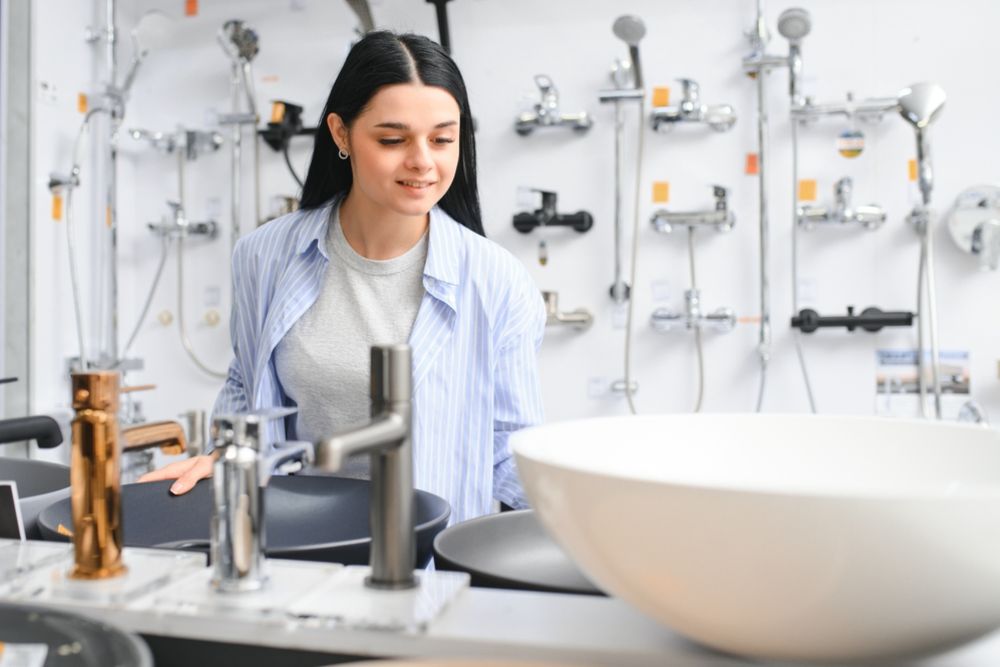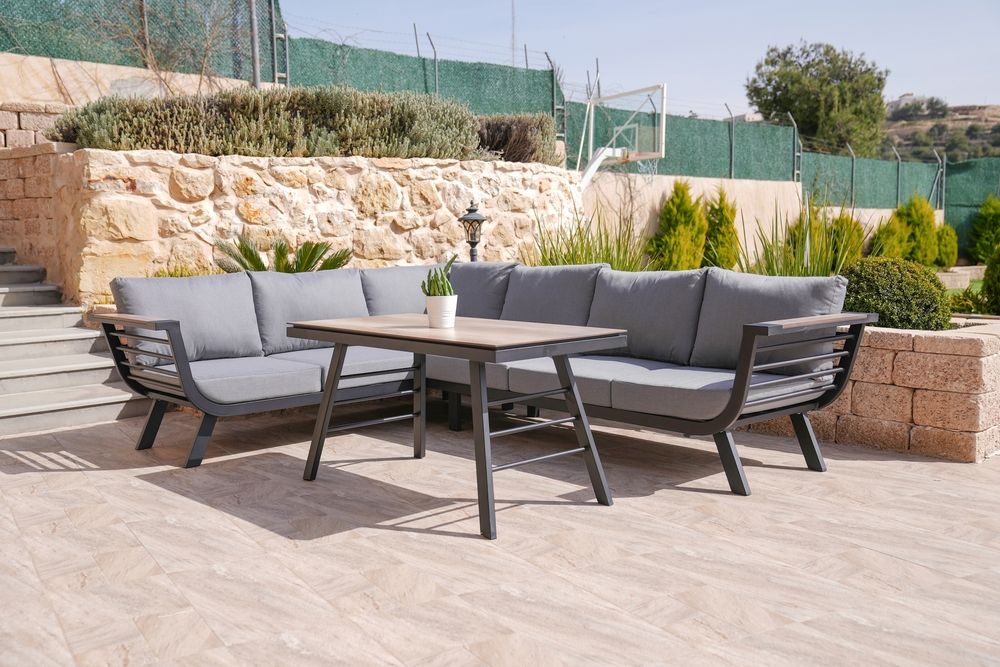Indoor plants can transform your living space, adding a splash of color and life to any room. They not only enhance the aesthetic appeal of your home but also purify the air and improve your mental well-being. However, selecting the right plants for your indoor environment and knowing how to care for them can be challenging, especially for beginners. This guide aims to equip the savvy buyer with essential tips for choosing the right indoor plants and providing them with the care they need to thrive. From understanding the specific needs of different plant types to mastering the basics of plant care, this guide will help you create a lush, vibrant indoor garden.
Understanding Your Indoor Environment
Before bringing a new plant home, it's crucial to assess your indoor environment, as different plants have varying light, temperature, and humidity requirements. Light is perhaps the most critical factor—some plants thrive in bright, indirect light, while others prefer low-light conditions. Observe the natural light patterns in your home throughout the day to identify suitable spots for your plants.
Temperature and humidity also play significant roles in a plant's health. Most indoor plants prefer temperatures between 65°F and 75°F during the day and slightly cooler at night. If your home is dry, particularly in winter, consider plants that are tolerant of low humidity or use a humidifier to create a more favorable environment. Understanding these environmental factors will help you select plants that are well-suited to your home, increasing their chances of survival and growth.
Choosing the Right Plants
Selecting the right plants for your indoor space involves more than just picking the ones that catch your eye. Consider your lifestyle and the amount of time you can dedicate to plant care. Low-maintenance plants, such as snake plants, ZZ plants, or pothos, are ideal for beginners or those with a busy schedule. These varieties require minimal care and are forgiving of occasional neglect.
On the other hand, if you're willing to invest more time and effort into your indoor garden, you might opt for plants that require more attention, such as ferns, which need consistent moisture, or flowering plants like African violets, which require specific light conditions to bloom. Research the needs of each plant before making a purchase to ensure it matches your care commitment level.

Plant Care Essentials
Proper care is vital for keeping your indoor plants healthy and vibrant. Watering is the most common aspect of plant care, yet it is often the most misunderstood. Overwatering is a leading cause of indoor plant death, as it can lead to root rot. Understand the watering needs of each plant, and always check the soil moisture before watering—most plants prefer the soil to be slightly dry between waterings.
Nutrition is another critical component of plant care. While indoor plants don't require frequent feeding, they do benefit from the occasional application of fertilizer, especially during their growing season. Use a balanced, water-soluble fertilizer, and follow the recommended dosage to avoid overfeeding, which can harm your plants.
Managing Light and Placement
Light is the lifeblood of all plants, and managing light exposure is crucial for their growth and health. Each plant species has its own light requirements, ranging from low to high. Position your plants in your home based on their light needs—near a window for those requiring bright light, or farther away for those that thrive in low light. Rotating your plants regularly can also ensure they receive light evenly, promoting uniform growth.
Consider the use of artificial lighting if your home does not receive adequate natural light. LED grow lights can provide the necessary spectrum of light for photosynthesis, allowing you to grow a wider variety of plants indoors.
Humidity and Temperature Control
Indoor plants can be sensitive to changes in humidity and temperature. Many tropical plants, for instance, require higher humidity levels than what is typically found in homes. Grouping plants together, using a humidifier, or placing plants on a tray of water and pebbles can help increase local humidity levels.
Be mindful of temperature fluctuations in your home, especially during winter or summer, when central heating and air conditioning can create extremes. Avoid placing plants near radiators, air conditioners, or drafts, as sudden temperature changes can stress plants, leading to leaf drop or stunted growth.
Pest Management and Disease Prevention
Even with the best care, indoor plants can sometimes fall prey to pests or diseases. Common indoor plant pests include spider mites, aphids, and mealybugs. Regularly inspecting your plants for signs of infestation and taking prompt action can prevent pests from spreading. Neem oil or insecticidal soap can be effective treatments for many common pests.
Diseases often result from poor cultural practices, such as overwatering or inadequate air circulation. Ensuring your plants have proper drainage and are not overcrowded can help prevent fungal diseases. If a plant does become diseased, isolate it from your other plants to prevent the disease from spreading, and treat it according to the specific problem.
Creating an indoor oasis with beautiful, thriving plants is within reach for every savvy buyer. By understanding your indoor environment and selecting plants that are suited to it, you can ensure a harmonious match between your plants and their new home. Remember, successful indoor gardening is a balance of proper plant selection, attentive care, and responding to the changing needs of your plants. With the tips provided in this guide, you're well on your way to cultivating a green sanctuary that brings joy and vitality to your indoor space. Embrace the journey of indoor gardening, and enjoy the lush, vibrant atmosphere that plants bring to your life.




